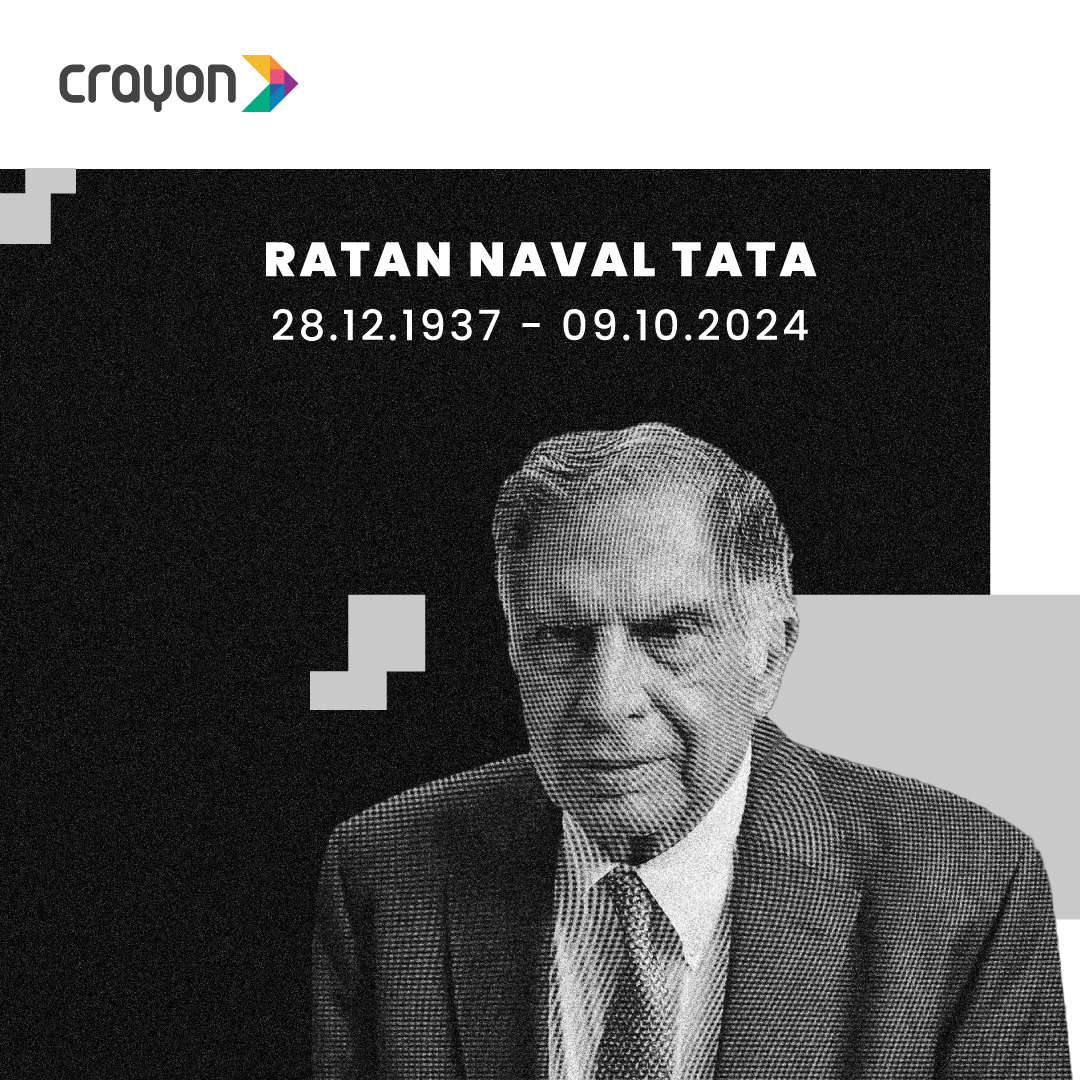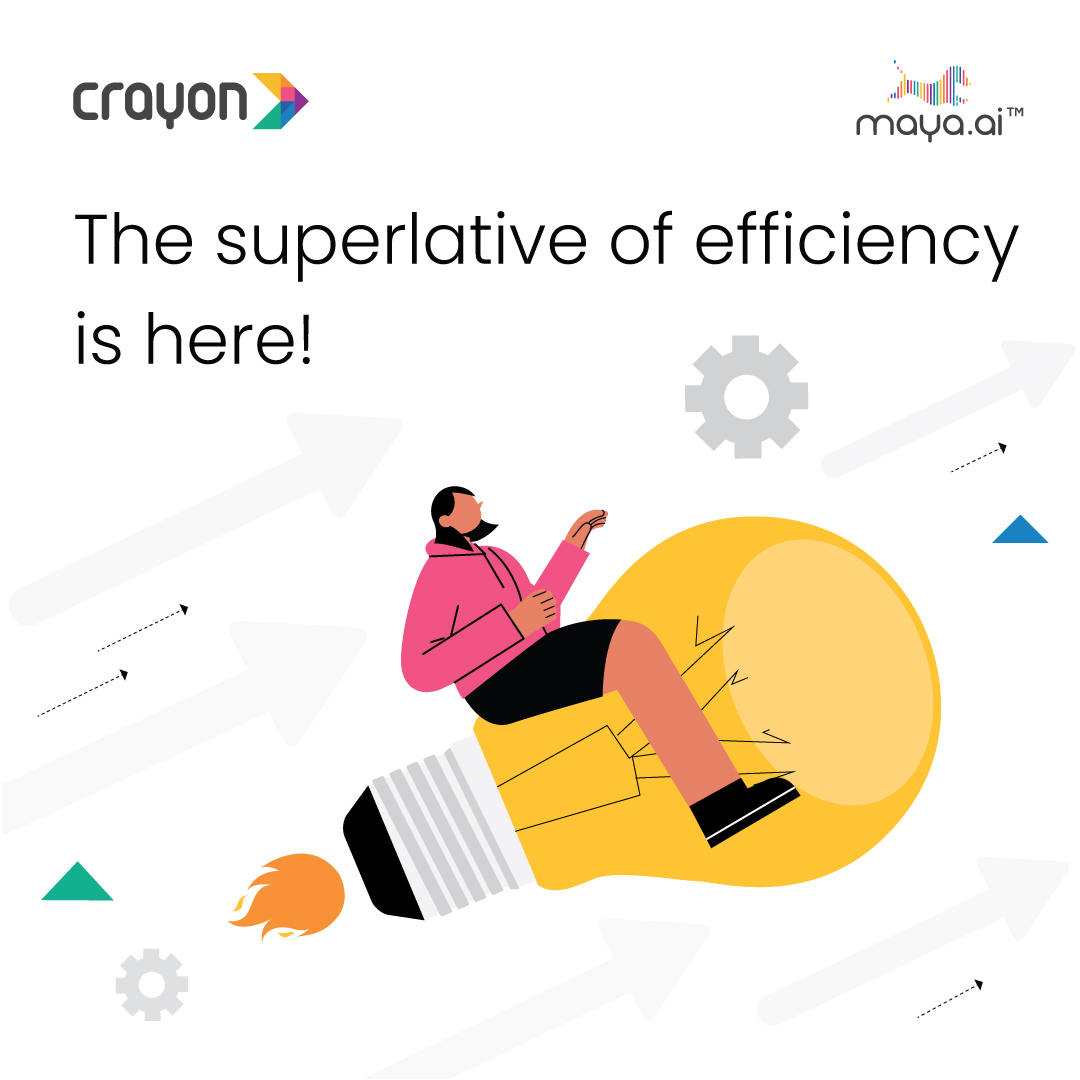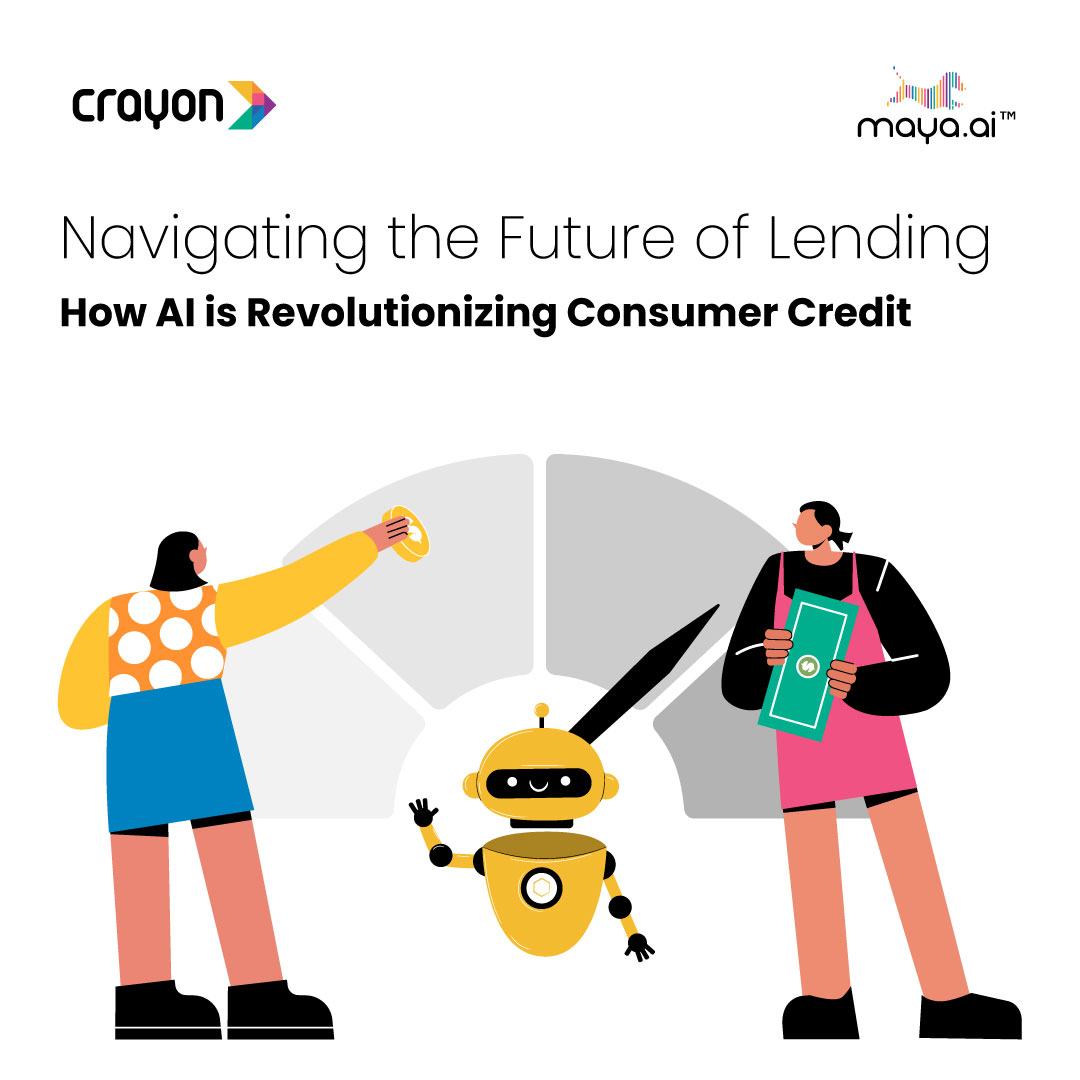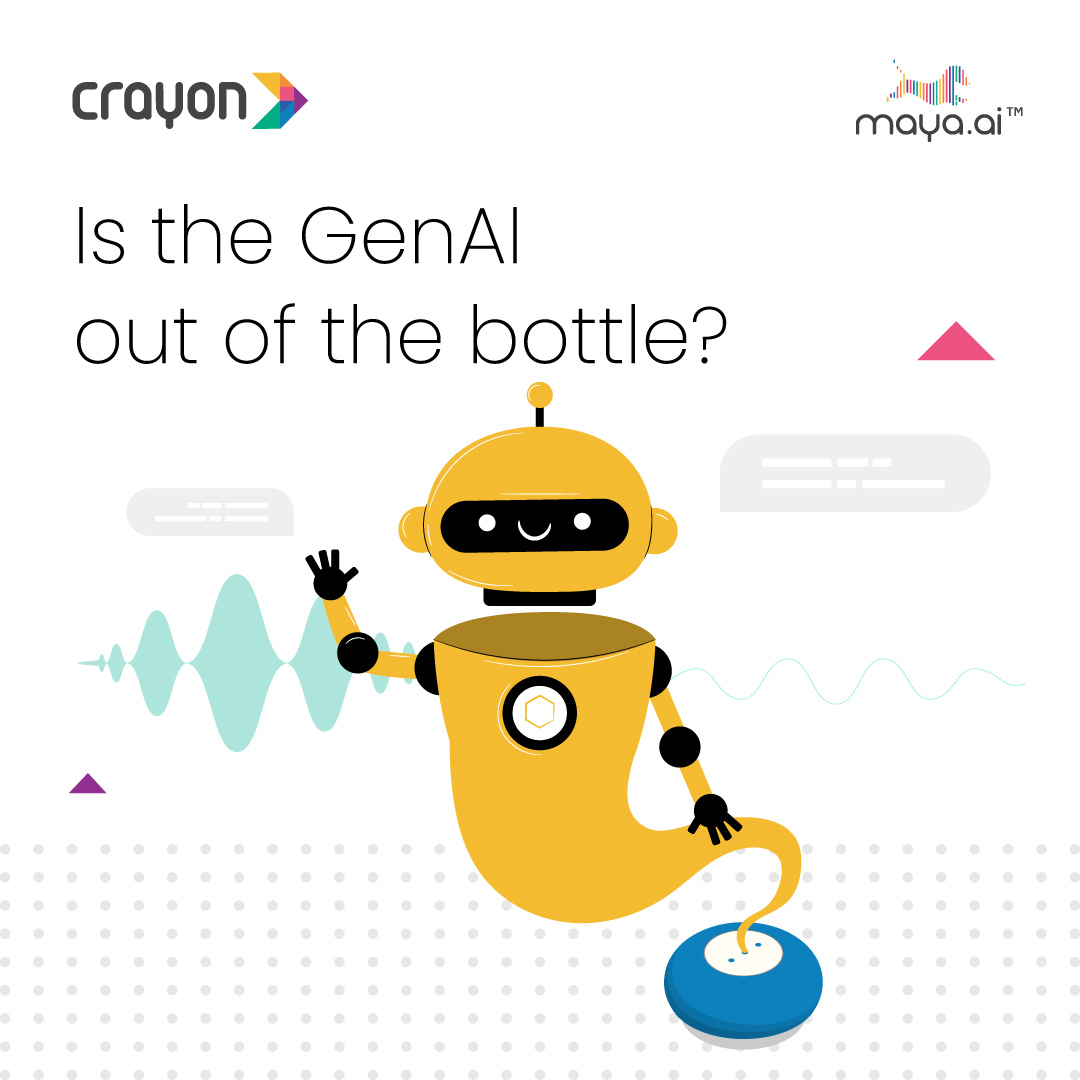When it comes to big data, marketing departments are frequently at a loss of how to make the most of it. With all the information about data science, predictive analytics, and using big data to make better marketing decisions, it can be overwhelming. Big data is a new and dynamic industry, which means there are plenty of big opportunities for CMOs, but also potential for lots of confusion. What many don’t know is that the answer to most of this confusion exists with a simple, easy to understand “predictive score.”
Reuters News reports that big data will grow by 45 percent annually to reach a $25 billion industry by 2015, and a recent CMO Report states that 66 percent of all chief marketing officers are allocating more than 25 percent of their budgets to mining and understanding how to apply this data.
There are three key stages in the evolution of the big data industry. The first stage involves the introduction of infrastructure that has enabled the industry to operate; for example Hadoop, an open-source software programming framework that supports the processing of large data sets in a distributed computing environment.
The second stage involves the creation of tools that allow increased access to the new-found value that this infrastructure enables — such as tools that support the visualization of data allowing us to see large and complex volumes of data in an organized fashion.




